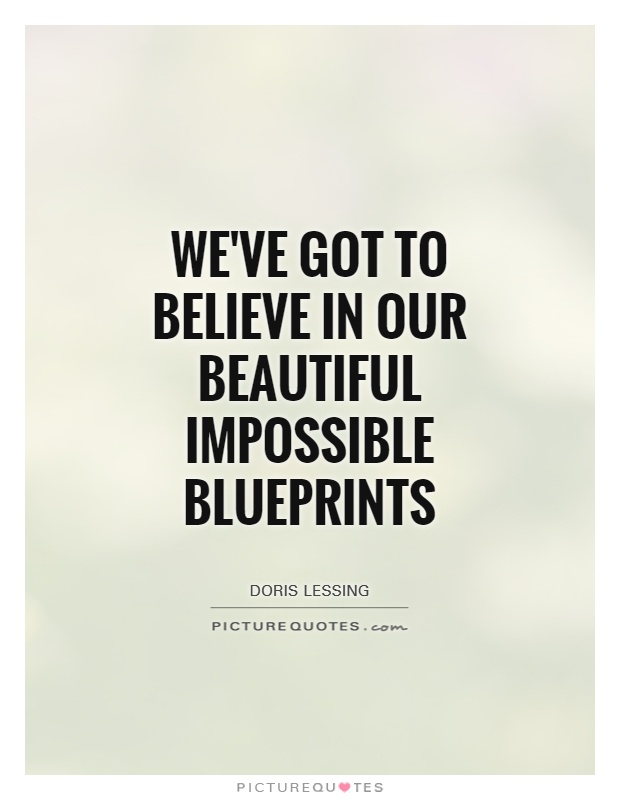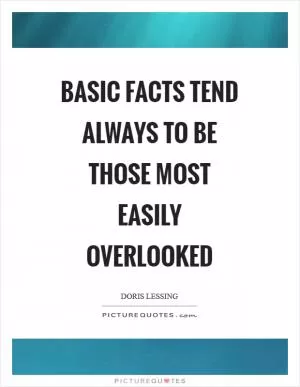We've got to believe in our beautiful impossible blueprints

We've got to believe in our beautiful impossible blueprints
Doris Lessing, a renowned British novelist, once said, "We've got to believe in our beautiful impossible blueprints." This quote encapsulates the essence of Lessing's writing and philosophy, as she often explored themes of hope, resilience, and the power of imagination in her works.Lessing's novels often feature characters who are faced with seemingly insurmountable challenges and obstacles, yet they persevere and find a way to overcome them. In "The Golden Notebook," for example, the protagonist Anna Wulf struggles with writer's block and personal turmoil, but ultimately finds a way to break free from her creative stagnation and reclaim her sense of self.
Similarly, in "The Fifth Child," Lessing tells the story of a couple who must come to terms with the fact that their fifth child is not like the others, and must find a way to love and accept him despite his differences. Through these narratives, Lessing explores the idea that even in the face of adversity, we must hold onto our dreams and believe in the possibility of a better future.
The concept of "beautiful impossible blueprints" speaks to the idea that we must dare to dream big and envision a future that may seem out of reach. It is through this belief in the power of our own imagination and creativity that we can find the strength to overcome obstacles and achieve our goals.
In her writing, Lessing often challenges societal norms and conventions, urging her readers to question the status quo and imagine a world that is different from the one they know. By encouraging us to believe in our "beautiful impossible blueprints," Lessing inspires us to think outside the box and envision a future that is not limited by the constraints of the present.












 Friendship Quotes
Friendship Quotes Love Quotes
Love Quotes Life Quotes
Life Quotes Funny Quotes
Funny Quotes Motivational Quotes
Motivational Quotes Inspirational Quotes
Inspirational Quotes